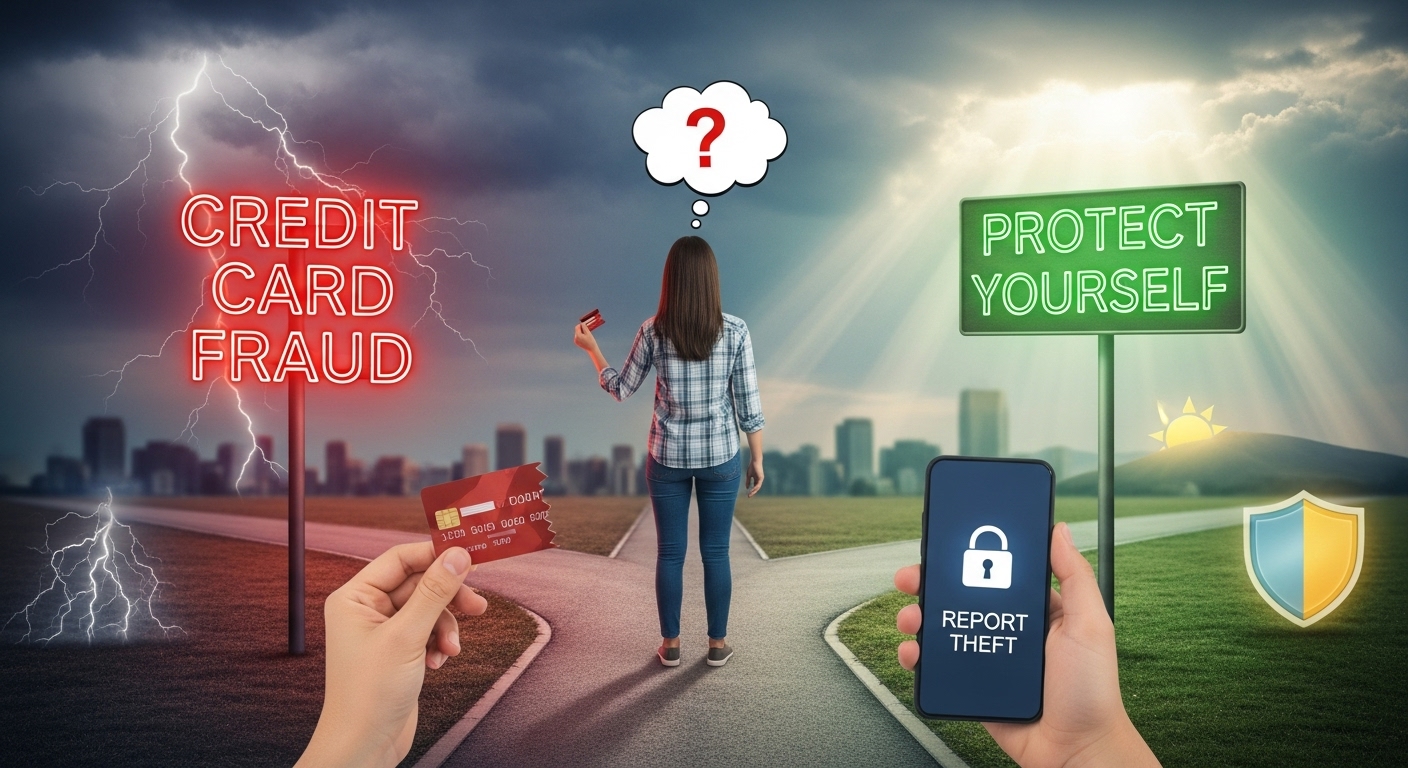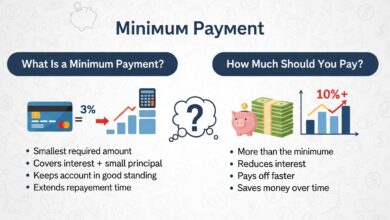What to Do If Your Credit Card Information Is Stolen

Credit card theft is an increasingly common problem in our digital age. Whether through data breaches, phishing scams, or physical theft, having your credit card information compromised can be a stressful experience. However, knowing the right steps to take can minimize the damage and protect your financial security. Here’s a comprehensive guide on what to do if your credit card information is stolen.
Immediate Actions to Take
Contact Your Credit Card Issuer Immediately
The moment you suspect your credit card information has been stolen, contact your credit card company right away. Most issuers have 24/7 fraud hotlines specifically for this purpose. The phone number is typically on the back of your card or on your monthly statement. Time is critical here—the sooner you report the theft, the less liable you’ll be for fraudulent charges.
Review Your Recent Transactions
Carefully examine your recent credit card statements and online account activity. Look for any unauthorized transactions, no matter how small. Thieves often make small test purchases first to see if the card is active before making larger fraudulent charges. Make a list of all suspicious transactions to report to your card issuer.
Freeze or Cancel Your Card
Your credit card company will typically freeze your account immediately upon notification of theft. In most cases, they’ll issue you a new card with a different number. While this can be inconvenient, especially if you have automatic payments set up, it’s essential for protecting your finances.
Document Everything
File a Police Report
While not always required, filing a police report creates an official record of the theft. This documentation can be helpful if you need to dispute charges or if the theft is part of a larger identity theft scheme. Some credit card companies may request a copy of the police report for their records.
Report to the Federal Trade Commission
In the United States, you should report identity theft to the FTC at IdentityTheft.gov. This creates an official Identity Theft Report, which provides you with certain rights and protections. The FTC will also provide you with a personalized recovery plan.
Keep Detailed Records
Maintain a file with all documentation related to the theft, including:
- Dates and times of when you discovered the theft
- Names of people you spoke with at your credit card company
- Reference numbers for your fraud reports
- Copies of letters or emails you send
- Notes from all phone conversations
Monitor Your Credit
Place a Fraud Alert
Contact one of the three major credit bureaus (Equifax, Experian, or TransUnion) to place a fraud alert on your credit report. You only need to contact one bureau, as they’re required to notify the other two. A fraud alert makes it harder for thieves to open new accounts in your name, as creditors must take extra steps to verify your identity.
Consider a Credit Freeze
A credit freeze is more restrictive than a fraud alert. It prevents anyone, including you, from accessing your credit report until you lift the freeze. This effectively blocks identity thieves from opening new accounts in your name. While it requires more effort when you legitimately need credit, it provides stronger protection.
Monitor Your Credit Reports
You’re entitled to free credit reports from each of the three major credit bureaus once per year through AnnualCreditReport.com. After a theft, consider staggering these requests throughout the year so you can monitor your credit every few months. Look for any accounts you didn’t open or inquiries you didn’t authorize.
Update Your Accounts
Change Passwords and PINs
If you used your credit card for online accounts, change those passwords immediately. Also, update your PIN if you had set one for your credit card. Use strong, unique passwords for each account, and consider using a password manager to keep track of them.
Update Automatic Payments
Make a list of all services and bills that were set up for automatic payment with your stolen card. Contact each company to update your payment information with your new card number. This includes subscriptions, utility bills, gym memberships, and any other recurring charges.
Review All Your Accounts
While you’re at it, check your other financial accounts, including bank accounts, other credit cards, and investment accounts. If one card was compromised, it’s worth ensuring your other accounts are secure.
Understanding Your Rights and Protections
Know Your Liability Limits
Under federal law in the United States, your maximum liability for unauthorized credit card charges is $50, and most card issuers offer zero-liability protection. This means you typically won’t be responsible for fraudulent charges if you report them promptly. However, it’s crucial to report the theft as soon as possible to take advantage of these protections.
Understand the Investigation Process
Credit card companies are required to investigate fraud claims. They typically have 30 days to complete their investigation, though they may temporarily credit the disputed amount to your account while investigating. During this time, provide any documentation they request promptly.
Prevention for the Future
Use Credit Monitoring Services
Many credit card companies now offer free credit monitoring services that alert you to suspicious activity. Take advantage of these services to catch potential fraud early. Third-party monitoring services are also available, though they often come with a fee.
Enable Transaction Alerts
Set up text or email alerts for all transactions on your credit card. This way, you’ll know immediately if an unauthorized charge is made, allowing you to respond quickly.
Practice Safe Online Habits
Only shop on secure websites (look for “https” in the URL), avoid using public Wi-Fi for financial transactions, and be wary of phishing emails that request your credit card information. Legitimate companies will never ask for your full credit card number via email.
Secure Your Physical Cards
Keep your credit cards in a safe place, and never leave them unattended. Consider using RFID-blocking wallets to prevent electronic skimming. When making purchases in person, keep your card in sight and ensure the transaction amount is correct before entering your PIN or signing.
Conclusion
Having your credit card information stolen can be alarming, but quick action can prevent serious financial damage. By immediately contacting your card issuer, documenting the incident, monitoring your credit, and taking preventive measures for the future, you can protect yourself from the worst consequences of credit card theft. Remember, time is of the essence—the faster you act, the better protected you’ll be.
Stay vigilant, stay informed, and don’t hesitate to reach out to your credit card company at the first sign of suspicious activity. Your financial security is worth the extra effort.
